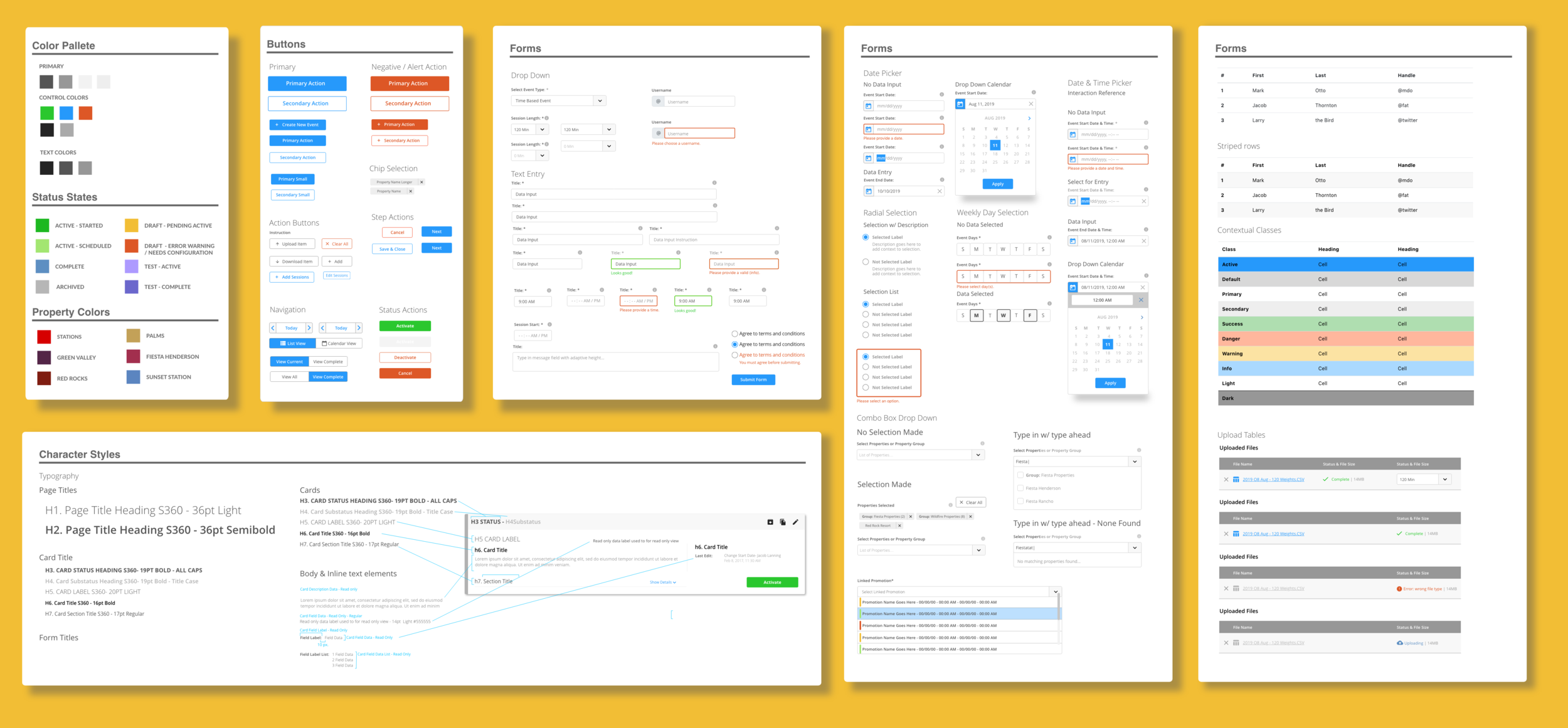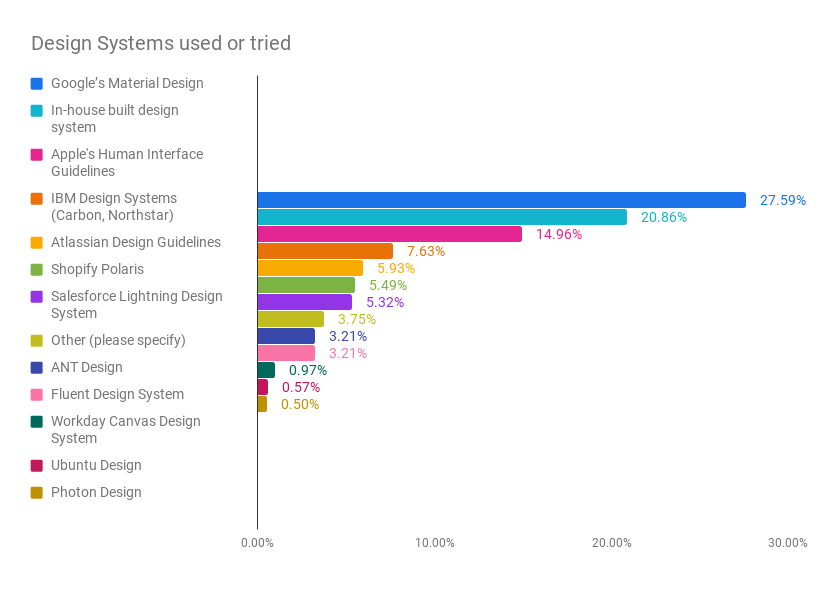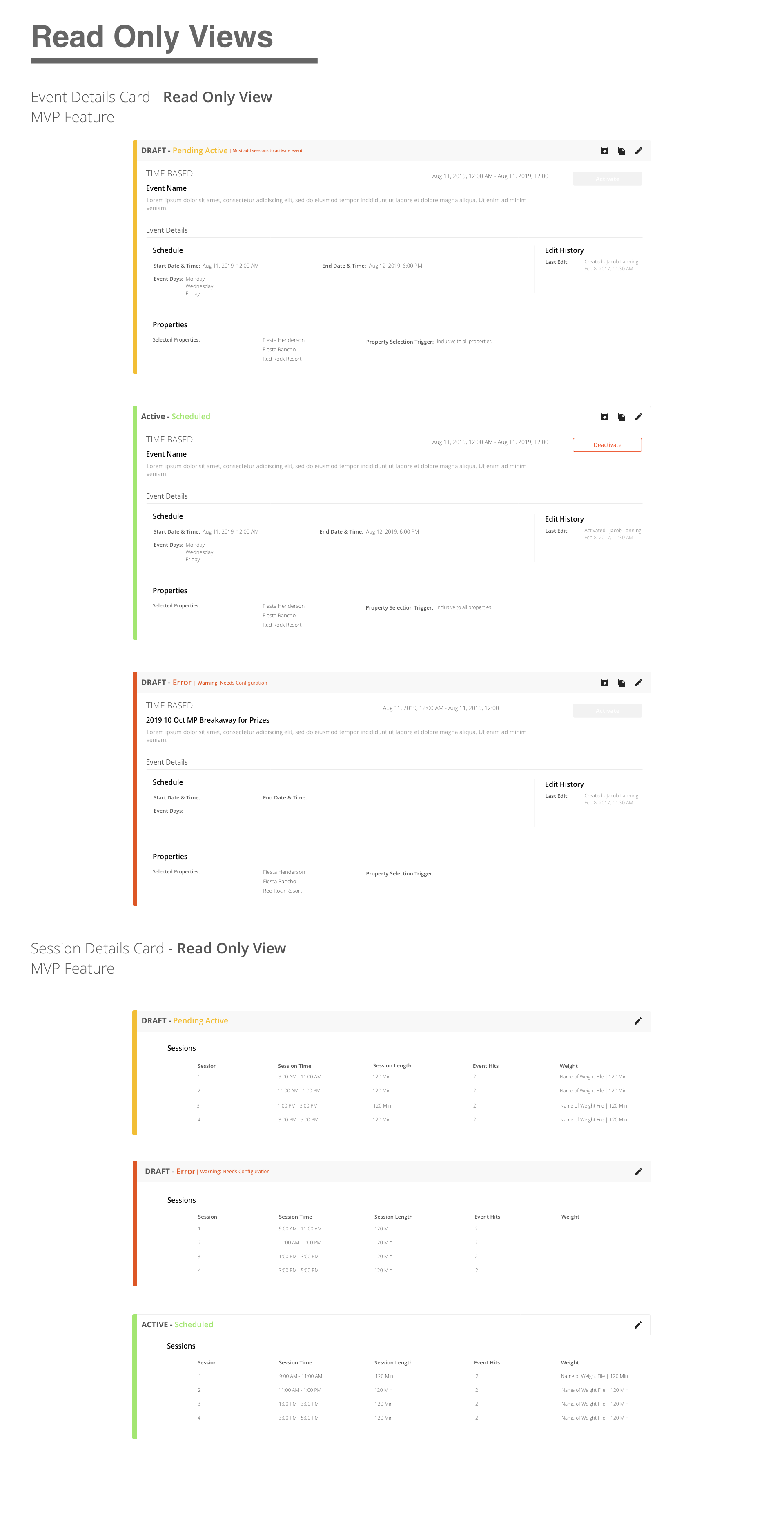
Station Casinos is an American hotel and casino gaming company based in the Las Vegas suburb of Summerlin South, Nevada, and founded by Frank Fertitta Jr. Station Casinos, along with Affinity Gaming, Boyd Gaming and Golden Entertainment, dominate the locals casino market in Las Vegas.
There are 17 Station Casinos in Las Vegas. They range from Red Rock Resort, which is a full service high end property, down to locals bars. Station Casinos also manages reservation casinos in California. In addition to live gaming, Station Casinos operates a sports betting app and website.
The Vision
With the wide variety of custom enterprise applications Station Casinos developed and maintained there was a need to repurpose design to get to code faster and create a unified style for all of the company's web and mobile apps.
Stations Casinos library reinforces principles like proper interactions, responsiveness, and smart usage of colors, shadows and layouts. The examples seen mainly are mainly for desktop UI. Each component was designed for web responsive applications.
The ultimate goal of the design system was to aid users in the complex configuration of casino management configuration software to rocking the same Station Casinos look, there are many frameworks and libraries offering ready-to-use components and styles, but Stations in house design system delivered the following:
Reinforced brand identity
Custom configuration and interaction
Consistency in design patterns and code libraries
A richer and more consistent experience across platforms
““… [we] are still very early in the process if building an entire enterprise design system. We use Bootstrap theming for reference and acceleration in theming … as a support to the product team I recommended we leverage components in Bootstrap theming for our own design system.””
State of Design Systems 2019
In-house systems are gaining steam
As can be seen in Figure 1, the top three design systems used by our respondents (n=1082) are:
Google’s Material Design
In-house built design system
Apple’s Human-Interface Guidelines (HIG)
The second most popular design system is an in-house design system which is developed specifically for the respondents’ companies. In 9 out of the 11 informal interviews, subjects indicated that their companies were building their own design systems.
Popular tools used to manage Design Systems (n=1762)
Big companies want their own in-house systems
Digging deeper into the survey data, from a 2019 study by google, breaking out the size of organizations by whether they have a dedicated design systems team or not. The chart below illustrates the results of this analysis and highlights a threshold in an organization’s size and whether they have a design systems team. The analysis shows that smaller companies with 500 or fewer personnel are unlikely to have their own dedicated design teams are most likely startups or small-medium sized firms. We hypothesize that these companies are unlikely to have a dedicated design systems team and are more likely to adopt an existing design system with off-the shelf components that they can just reuse, adapt or modify.
A dedicated design system team has to be justified by the scale/number of its product offerings. Companies with 500+ personnel typically have a large enough product portfolio to require/demand/justify a dedicated design team. We hypothesize that these larger companies would be more likely to build their own in-house design systems.
Organization size x Dedicated Design System team (n=824). The red dotted line indicates the threshold company size where they start to have their own design systems team.
UI Library
A UI component encapsulates the visual and functional properties of discrete user interface pieces. Think LEGO bricks.
Modern user interfaces are assembled from hundreds of modular UI components that are rearranged to deliver different user experiences.
Buttons
Card Design
Various States, Views and Feedbacks
Read Only Forms
Various States and Feedbacks









